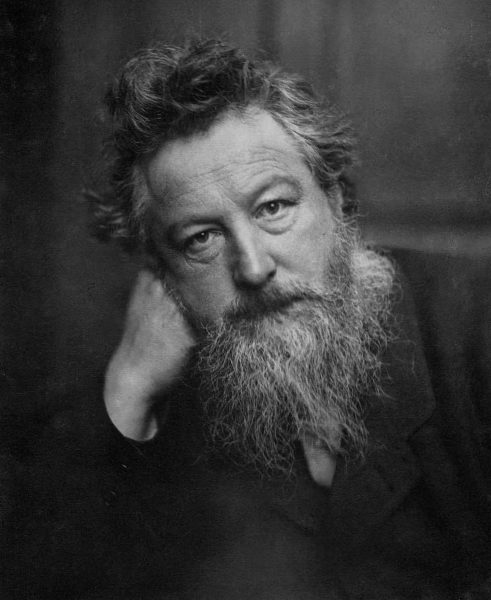
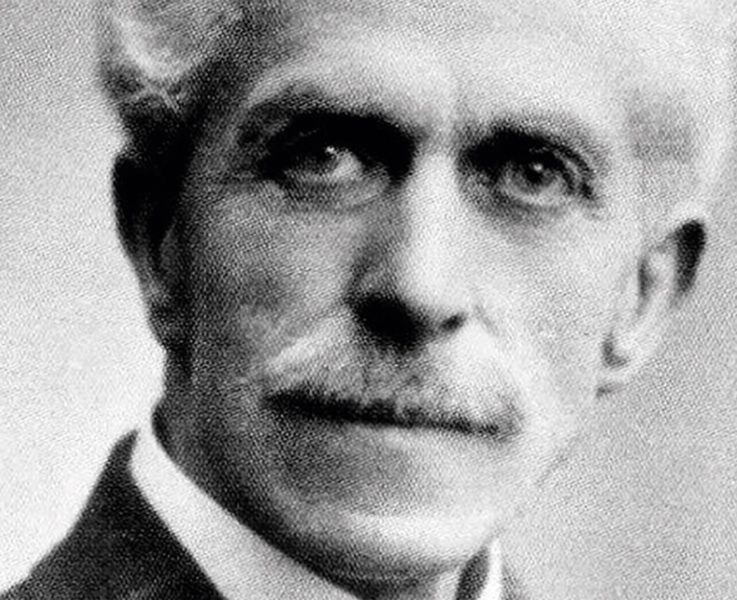
The 19th century’s most celebrated designer
A key figure in the Arts & Crafts Movement
A key figure in the Arts & Crafts Movement, Morris championed a principle of handmade production that didn’t chime with the Victorian era’s focus on industrial ‘progress’.
William Morris prefers sentiments to sentimentality, natural simplicity to artificial profusion.
Critical of the industrial era, he does not object to the machine themselves but to their use by some to produce profit through the exploitation of other. He views art as an indicator of the health of the nation
W.Morris makes no difference between makers and thrive strives for equality and good design. However, because of his method of hand printing, his products only made it possible for the wealthy to buy his service
William Morris & co / the firm
Morris Marshall Faulkner &co
William Fulford
Cormell Price
May Morris ( daughter )
They based their work on a set of principle that where largely influenced by the social circumstances and victorian society and culture. this group became a force that will change the way people view and value the decorative art and its creators.
They create a new design trend: architecture, interior design, gardening, fashion
Moriss’s design is iconic and shape the art and craft movement as we perceived it today

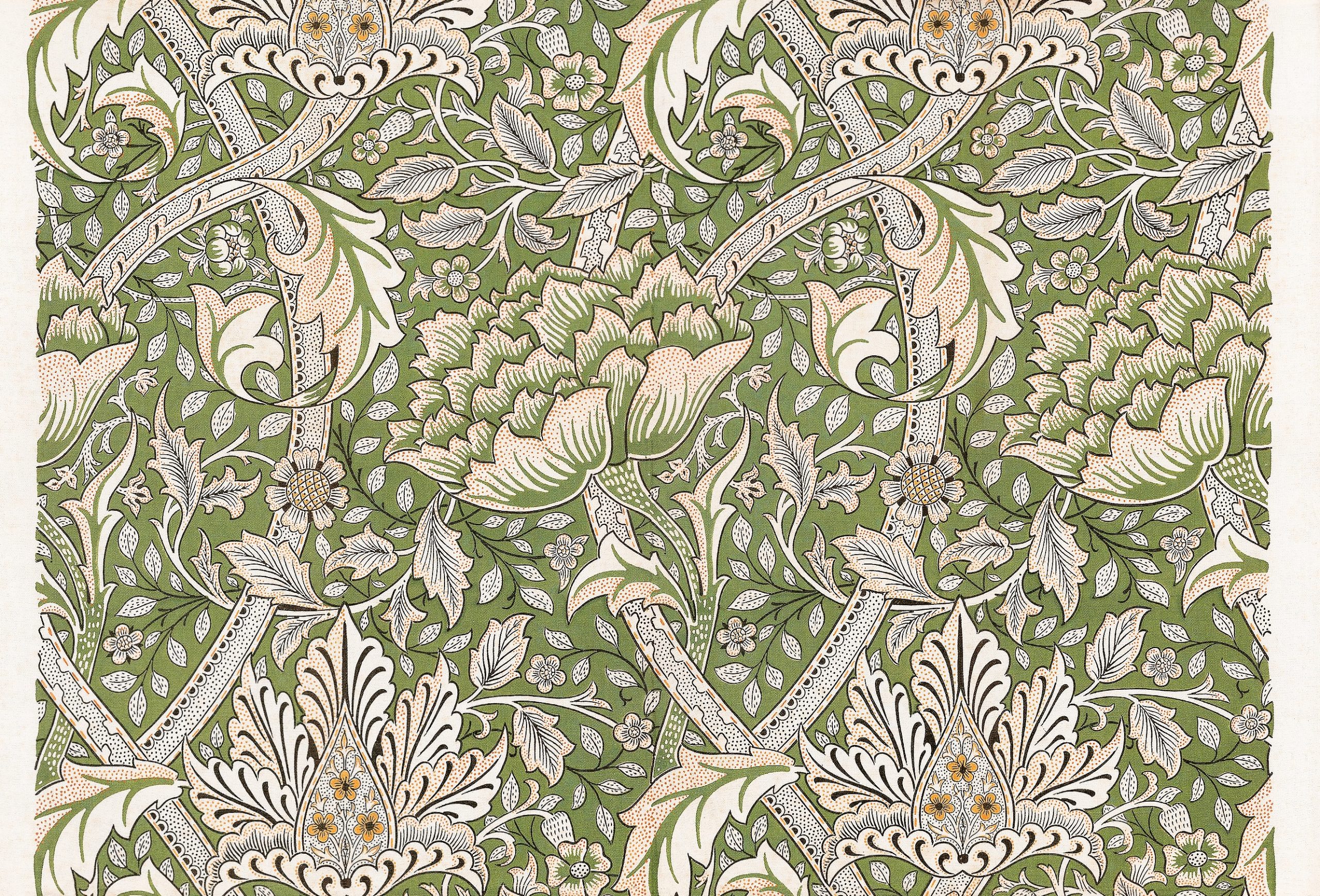
W.M relation to time is showing within his work:
The past is not dead. It is living in us and will be alive in the future which we are now helping to make.
W.M has no affinity with purely abstract pattern. He reject simple replication he seek a sens of hidden depth
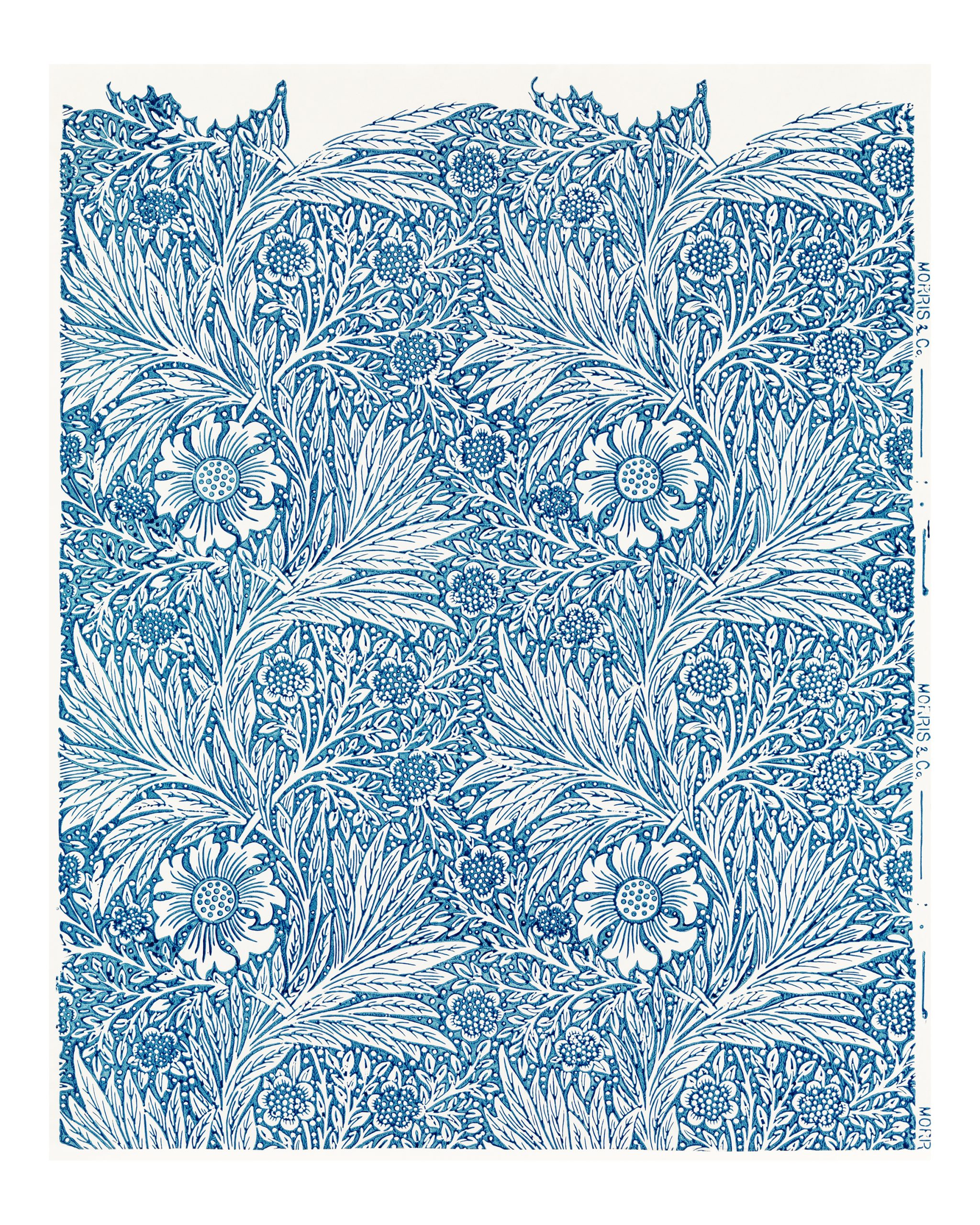
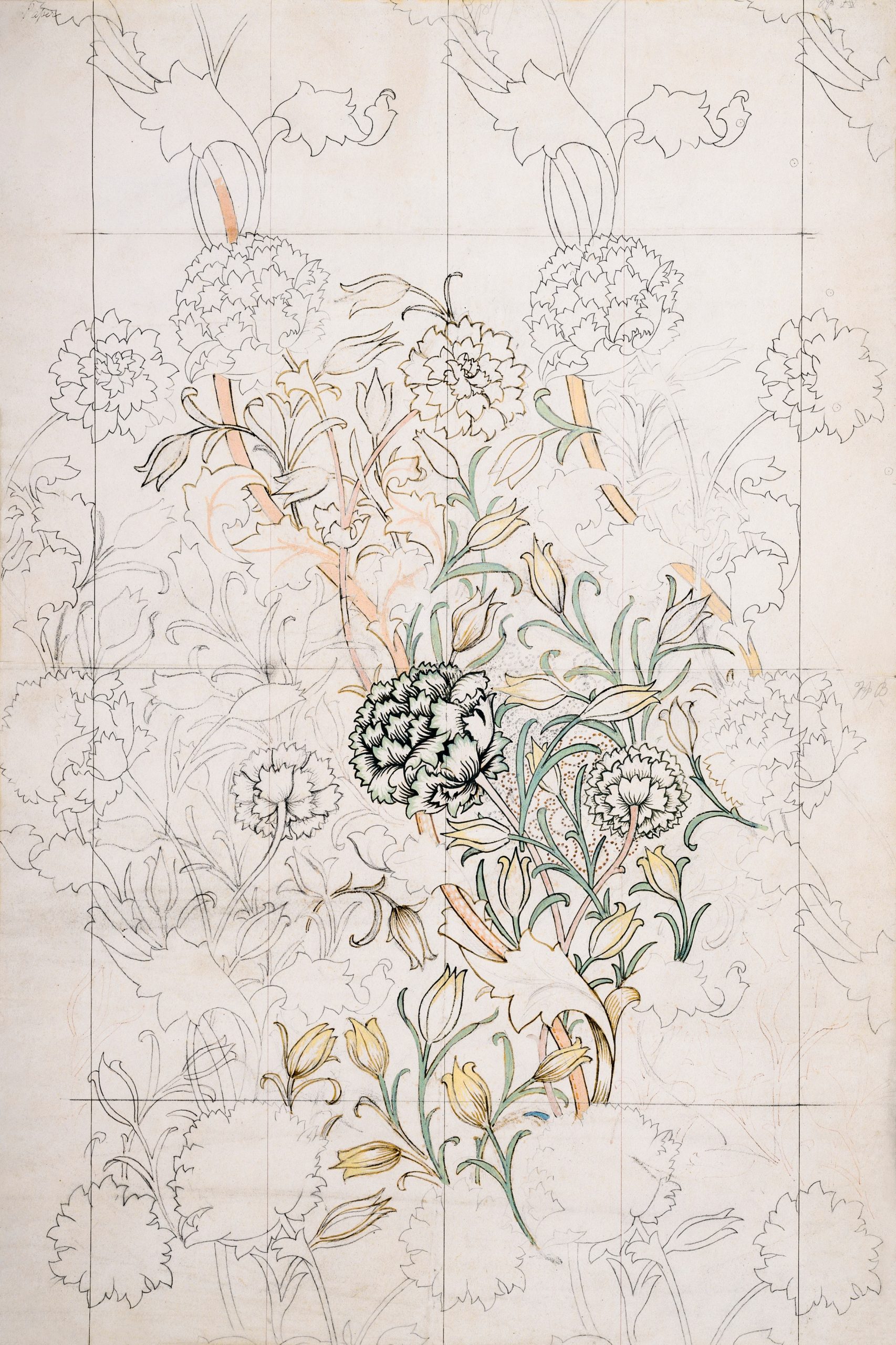
principle of art & craft movement
Principle 1
Design should be created in context to the environment not for its own existence or for admiration only. he creates pattern with an intention and purpose (create pattern that will work well on specific product)
INTENTION AND PURPOSE ARE PARAMOUNT !
Principle 2
Design should first be created out of function after that is achieved ornament and decor an be added in Morris work there was never redondance or unnecessary details
START WITH THE FUNCTION !
Principle 3
Design should be true to purpose and its material, honest in how it is created. It shouldn’t imitate or look like something.
This is why the art & craft style was created in a two dimensional matter with simplified and stylised animal, plants motifs.
it should not try to look real but only to borrow the beauty of the nature and use it as a manner that complement the interior
stylise the motif to suits the suppose !
Principle 4
Use nature as your source of inspiration.
There are no abstract and non figurative design
All art & craft designer are inspired by nature with motifs of: – Foliage – Flowers – Animals – Fruits
Not to try to depict nature realistically but in a stylised way !
Principle 5
The designer should be involve in the whole process: from design to making… this mean learning and practicing every craft behind his product (design drawing, embroidery, waving, dying, printing…)
GET GOOD AT THE CRAFT AND DESIGN !
Try different technics and medias for creating pattern !
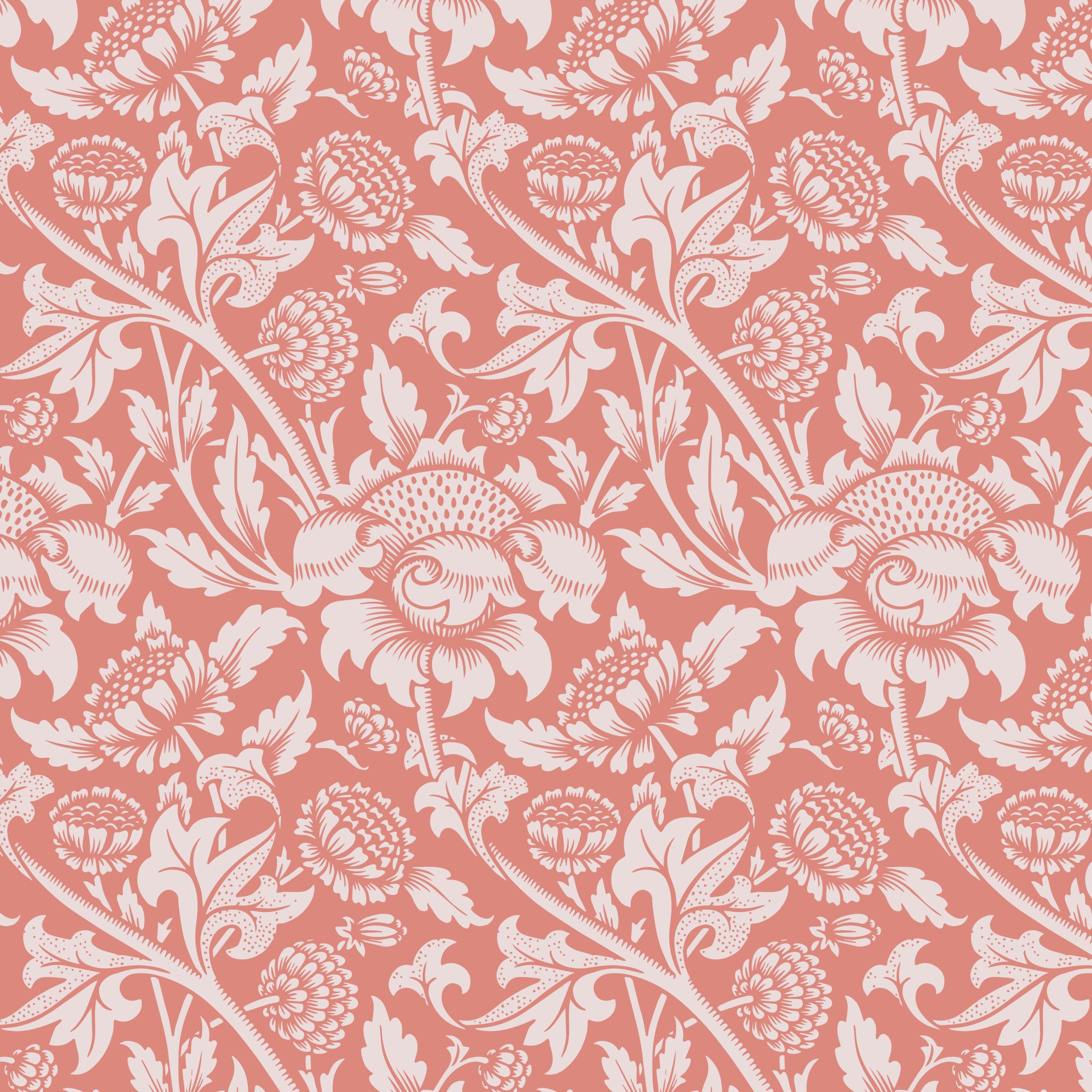
William Morris and J.H Dearl’s work (image in public domain)
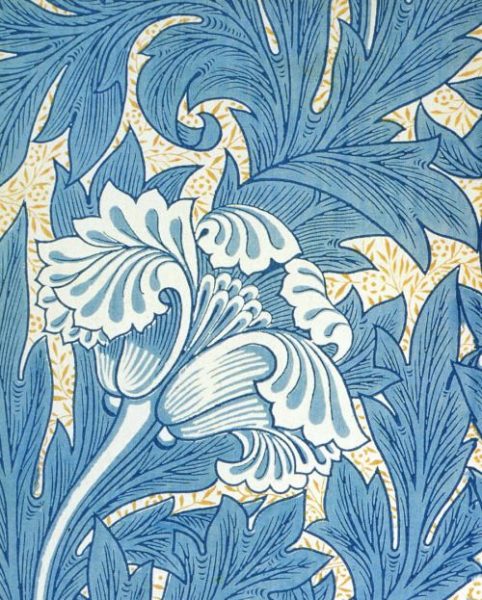
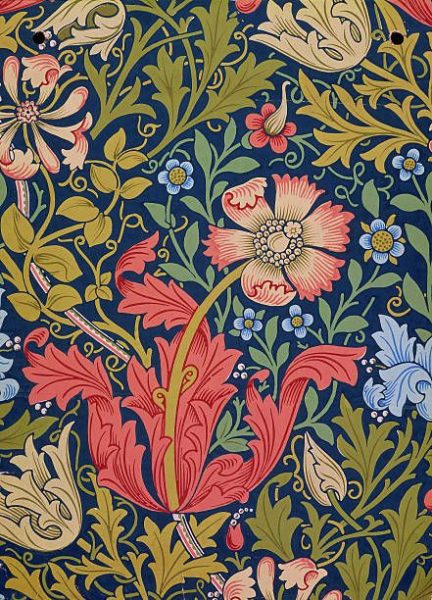
William Morris and J.H Dearl’s work (images in public domain)
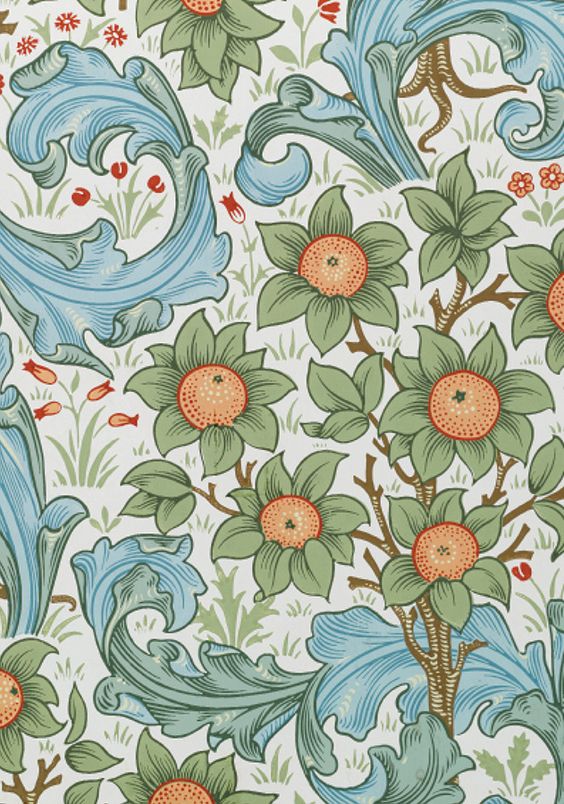
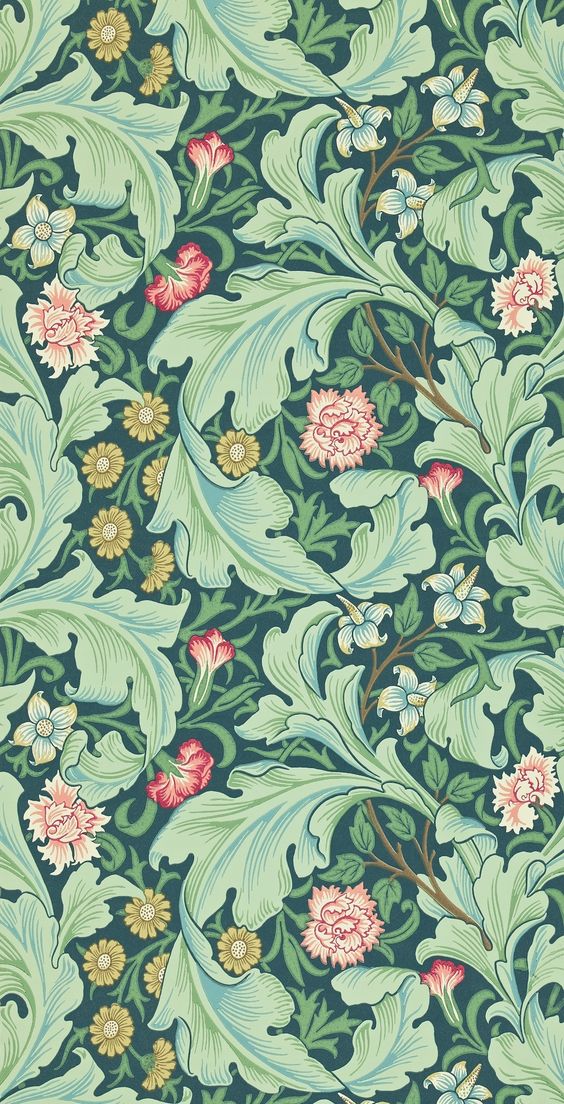
William Morris and J.H Dearl’s work images in public domain)
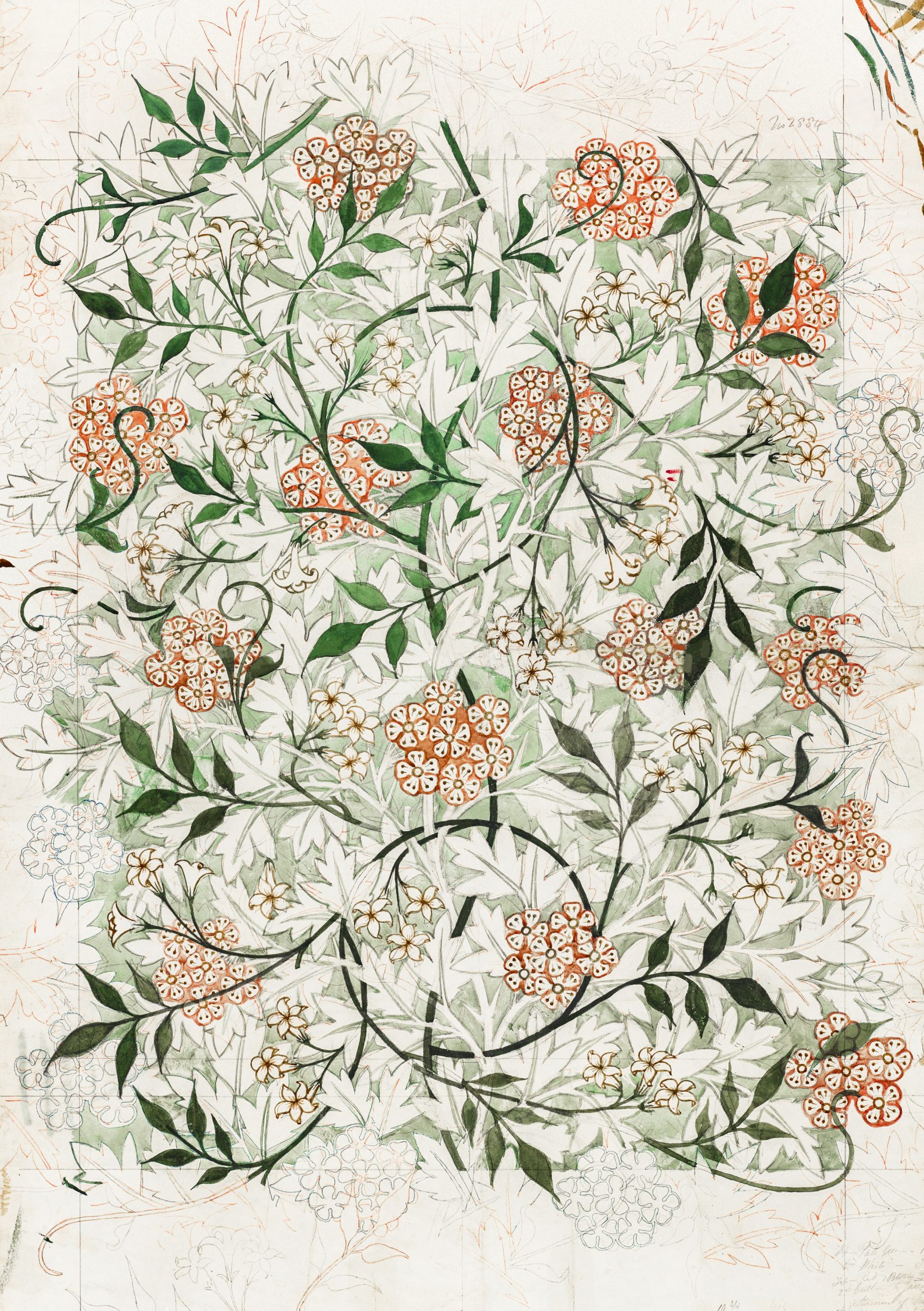
(images in public domain)
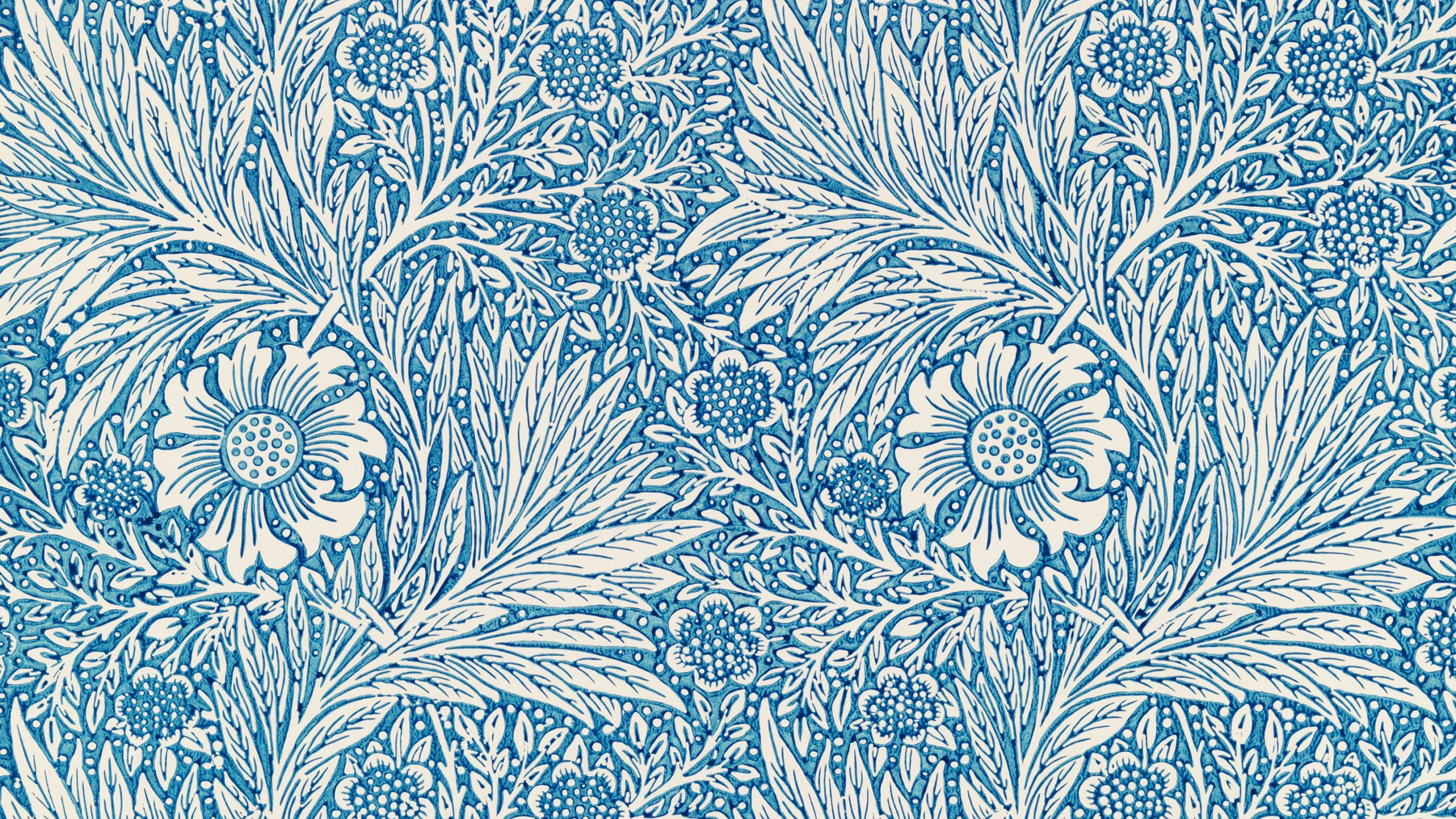
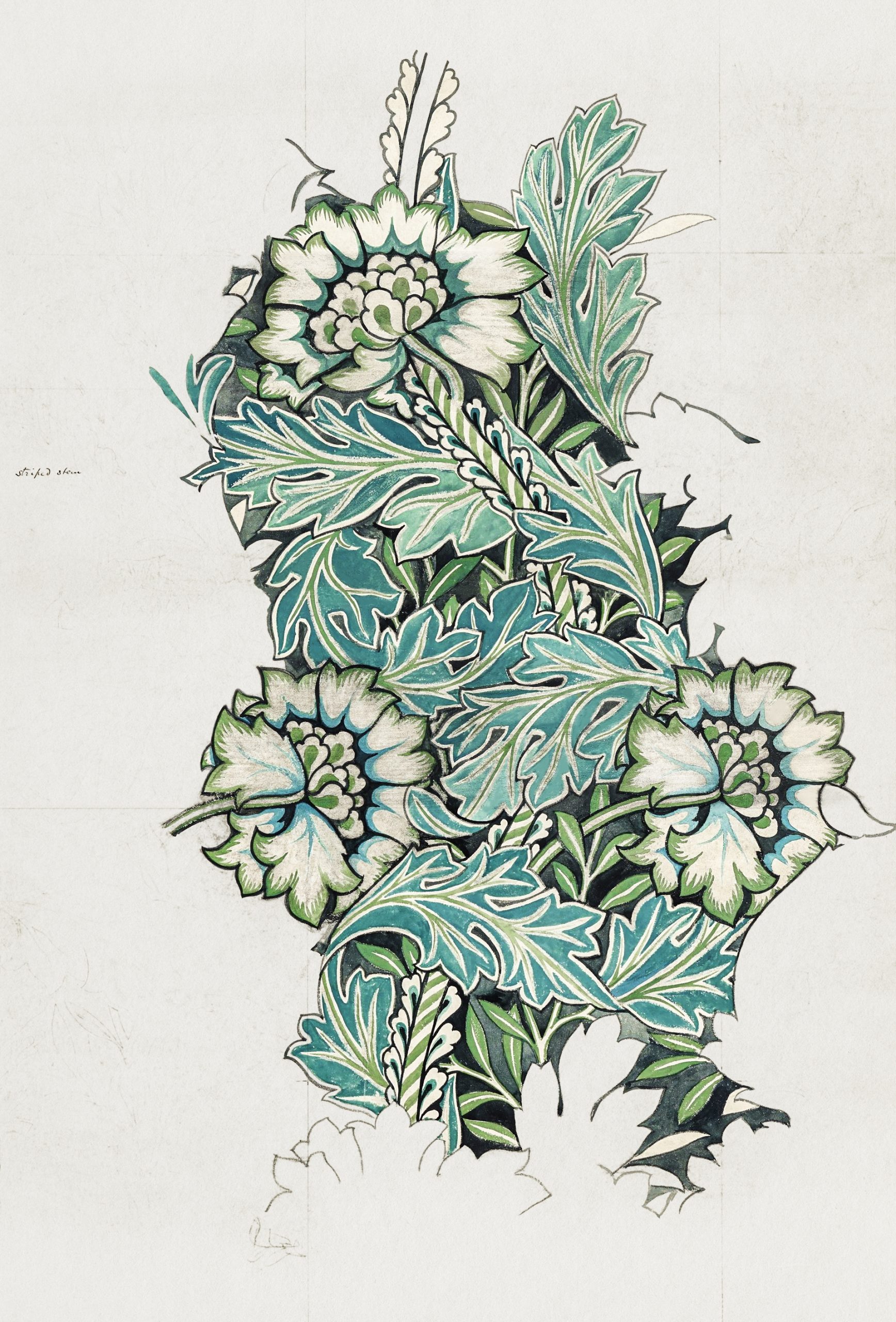

(images in public domain)
William Morris & co seamless patterns – images in public domain
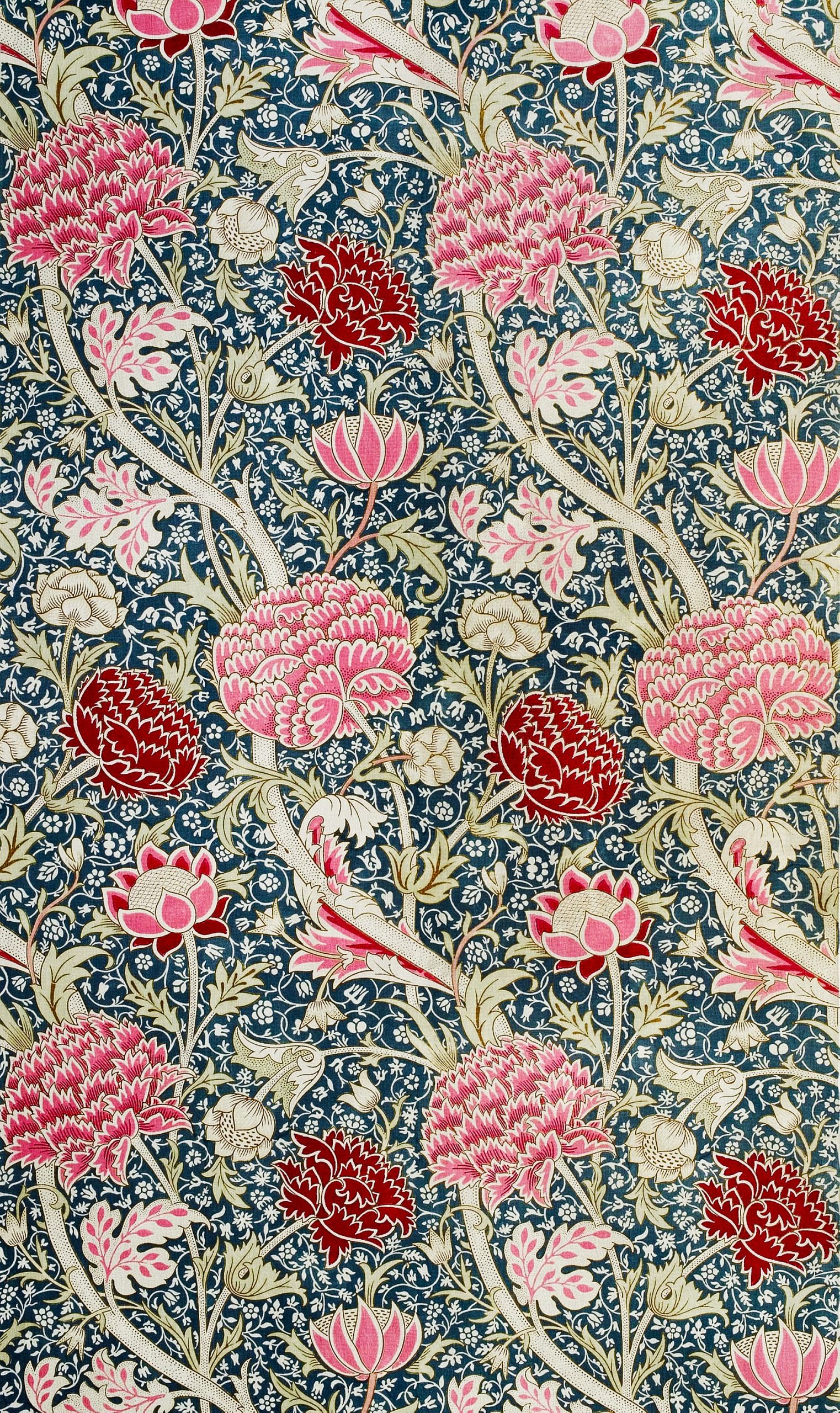
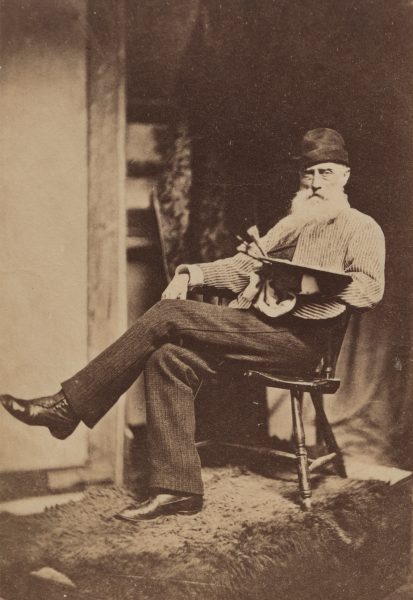
William Morris Hunt – Wallace Black,1896

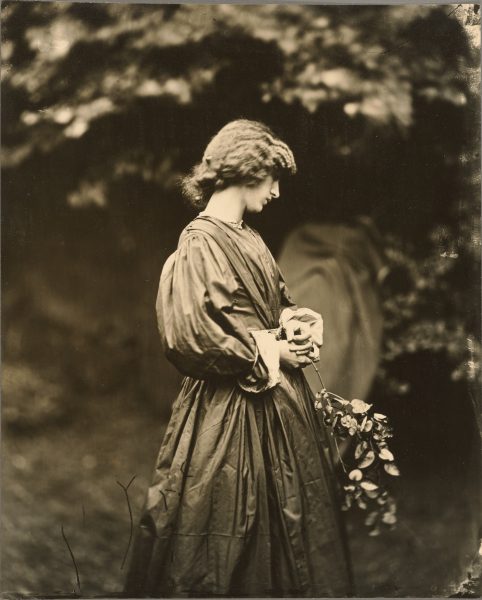
Portrait of Jane Morris (Mrs. William Morris) by John Robert Parsons
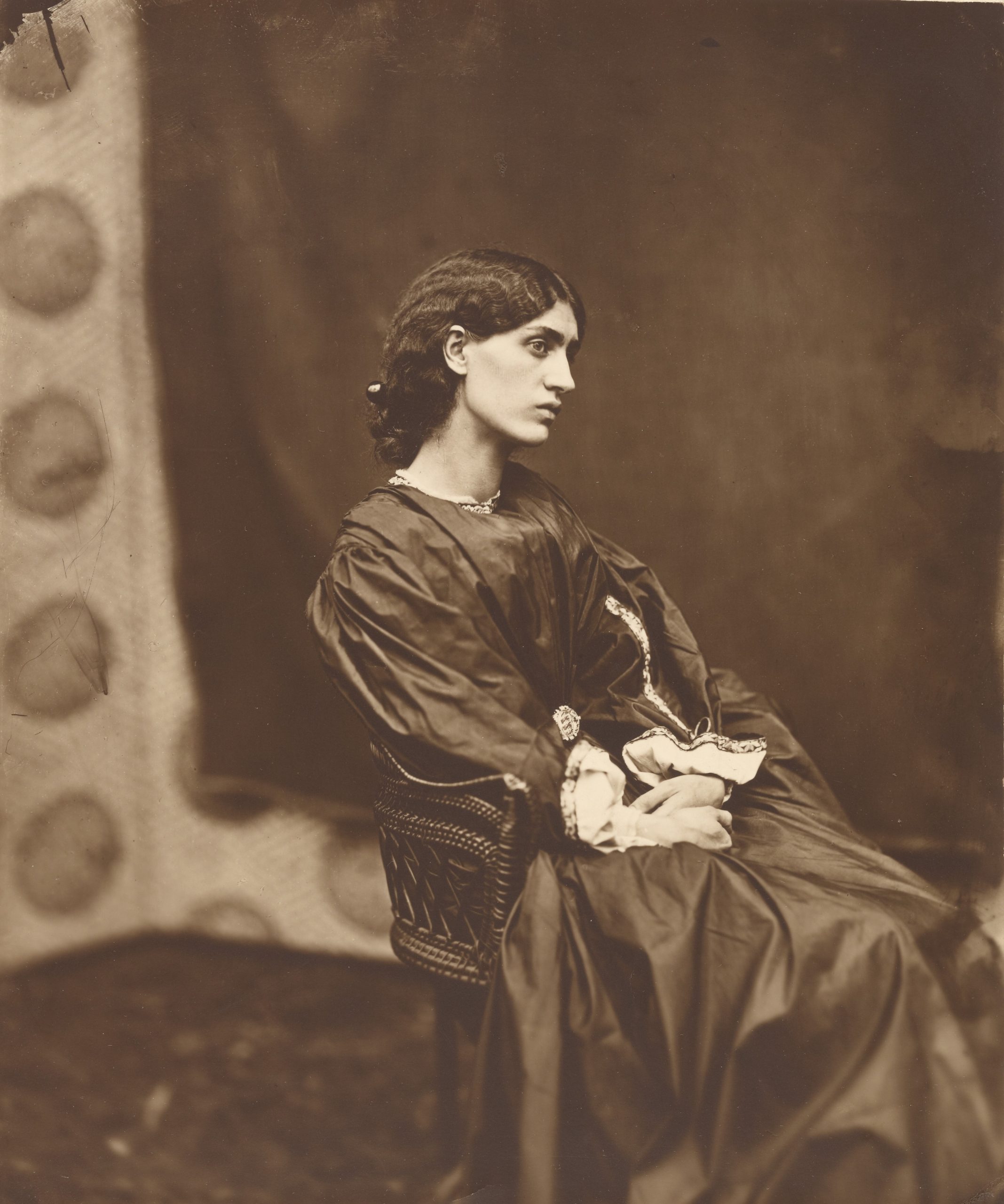
Portrait of Jane Morris (Mrs. William Morris) by John Robert Parsons

DES LIENS
Le design (d’intérieur) n’est pas un luxe
